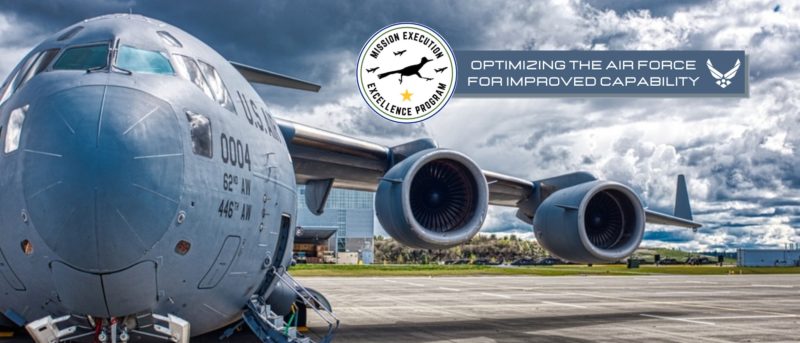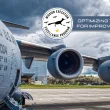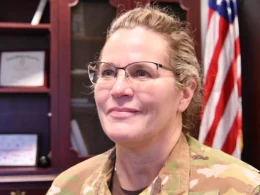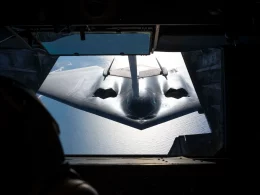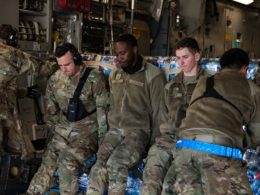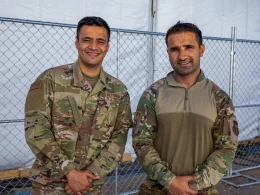ARLINGTON, Va. —
As part of its effort to streamline operations and increase aircraft range and capability, the Department of the Air Force launched the pilot Mission Execution Excellence Program to incentivize optimized flying on aircraft that consume the most fuel across the enterprise.
MEEP will encourage Airmen to increase their use of efficient flying ‘best practices,’ which will not impact their mission and training requirements, through direct and indirect incentives.
The pilot phase will focus primarily on C-17 Globemaster III aircraft, the largest Air Force fuel consumers, at Joint Base Charleston, South Carolina, and Travis Air Force Base, California, and will continue through December 2022. MEEP will mainly work with pilots and operations planners, as well as maintainers and logisticians, and will leverage Airman innovation to integrate improved techniques and best practices into their day-to-day operations.
The Air Force plans to incentivize Airmen to increase their use of six key efficiency techniques across the force that can be implemented to lower energy demand and improve readiness.
Precision Fuel Planning – Decrease excess fuel carriage during planned flights when possible
Reduced Engine Taxiing – Reduce the number of engines running during taxi to only what is required for safe operation when possible
Reduced Use of Auxiliary Power Units (APU) – Limit the use of APUs during ground operations and utilize more efficient ground power equipment when possible
Reduced or Simultaneous Engine Start – Minimize the time between engine start and takeoff by reducing engines running or starting the engine simultaneously when possible
Descent Profile Technique – Employ continuous descent operations in a low-drag configuration, with minimal engine thrust when possible
Cruise Altitude Selection – Fly at optimal cruise altitudes when possible
“We’ve met with a number of commercial airlines and freight and transport companies to see how they operate in the most efficient and effective way possible using 21st century tools,” said Deputy Assistant Secretary of Air Force Operational Energy, Roberto Guerrero. “There are a lot of opportunities to support Airmen in flying more efficiently – like software that helps Airmen fuel plan more easily or flying techniques that pilots can implement, maintenance practices to improve engine performance and ways to improve load plans. Many of these are low-hanging fruit that we simply need to fund and incentivize.”
Initial estimates show that employing MEEP can improve energy intensity – or the mission effectiveness per gallon of fuel – by 3%. This is expected to increase capability and readiness while generating as much as $80 million per year in fuel cost savings that can be returned to the Air Force or participating wings.
The program is made up of three components: data and metric collection visibility, focused wing-level interaction, and direct and indirect incentives. Collaborating with the wings and in-house innovation cells, MEEP will collect and analyze flight and fuel data to gather feedback, track performance metrics, and address any challenges. Through various education and training programs, the teams will develop relevant dashboards for near-real-time operator feedback, connect with survey analytics, encourage operator reporting compliance, employ planning software to support operations, and conduct focus groups to collect qualitative data.
Incentives include direct transfer of operations and maintenance funds or funding of wing priority projects, funding or rebates in proportion to savings, and ‘soft’ incentives like awards and recognition to individual Airmen and wings that show increased energy-aware behavior.
Once the pilot phase is complete, Air Force Operational Energy plans to expand the program to other bases and aircraft. To learn more or to get involved, visit: https://www.safie.hq.af.mil/Contact-Us/.




